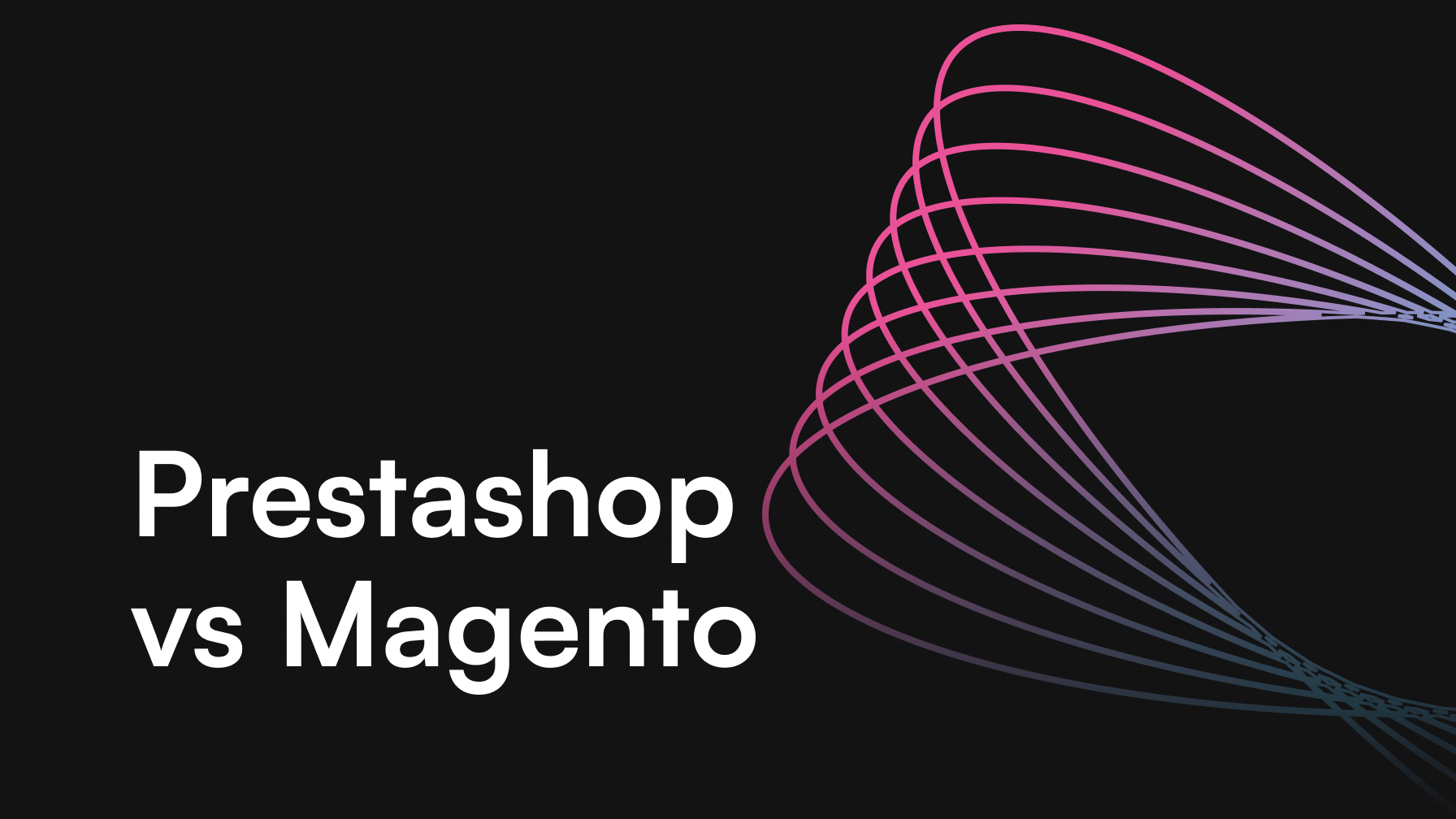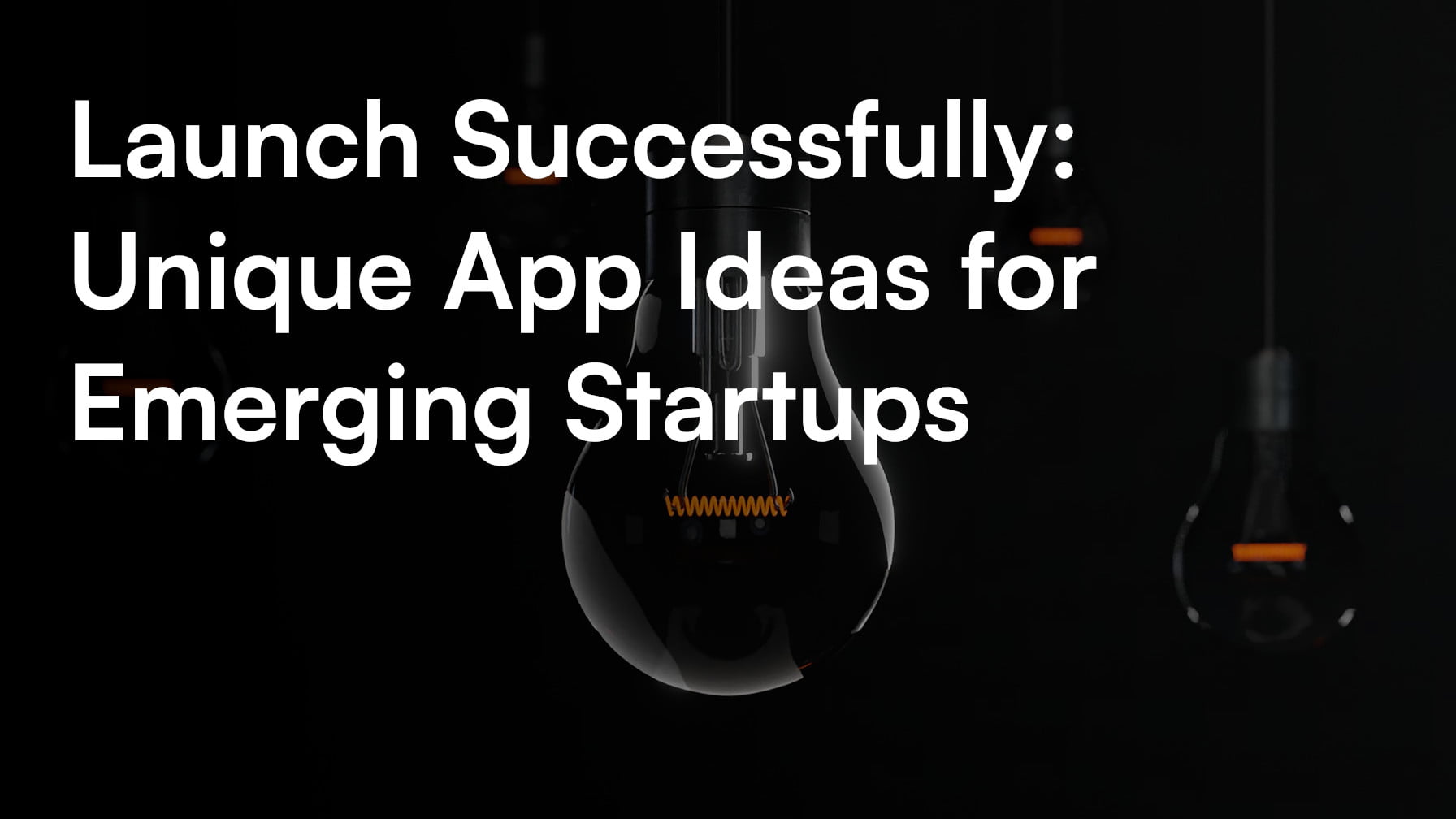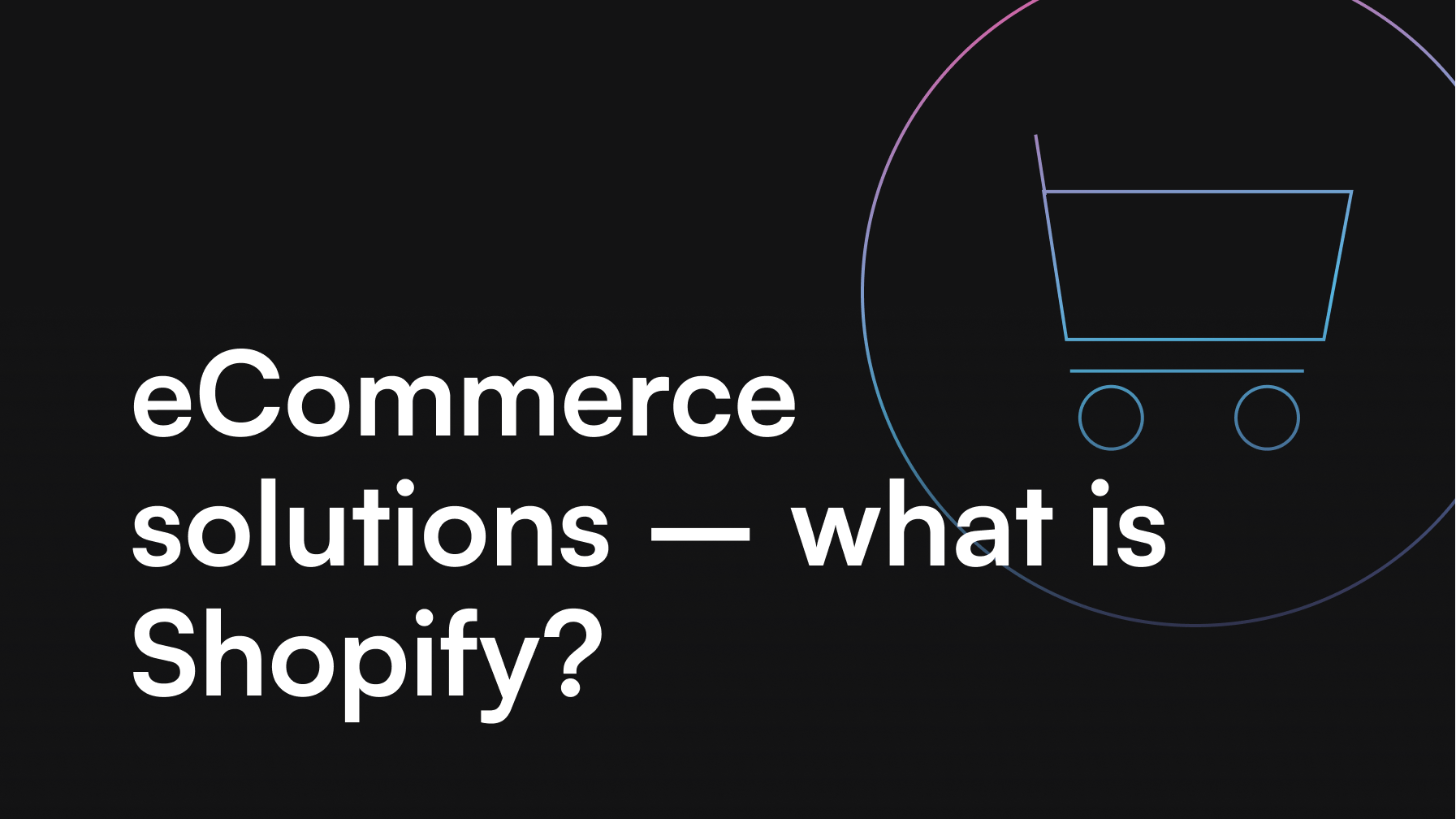MVP app development – Lean and agile way to develop anything

Paweł

Alexa Trachim

Karol Wegner
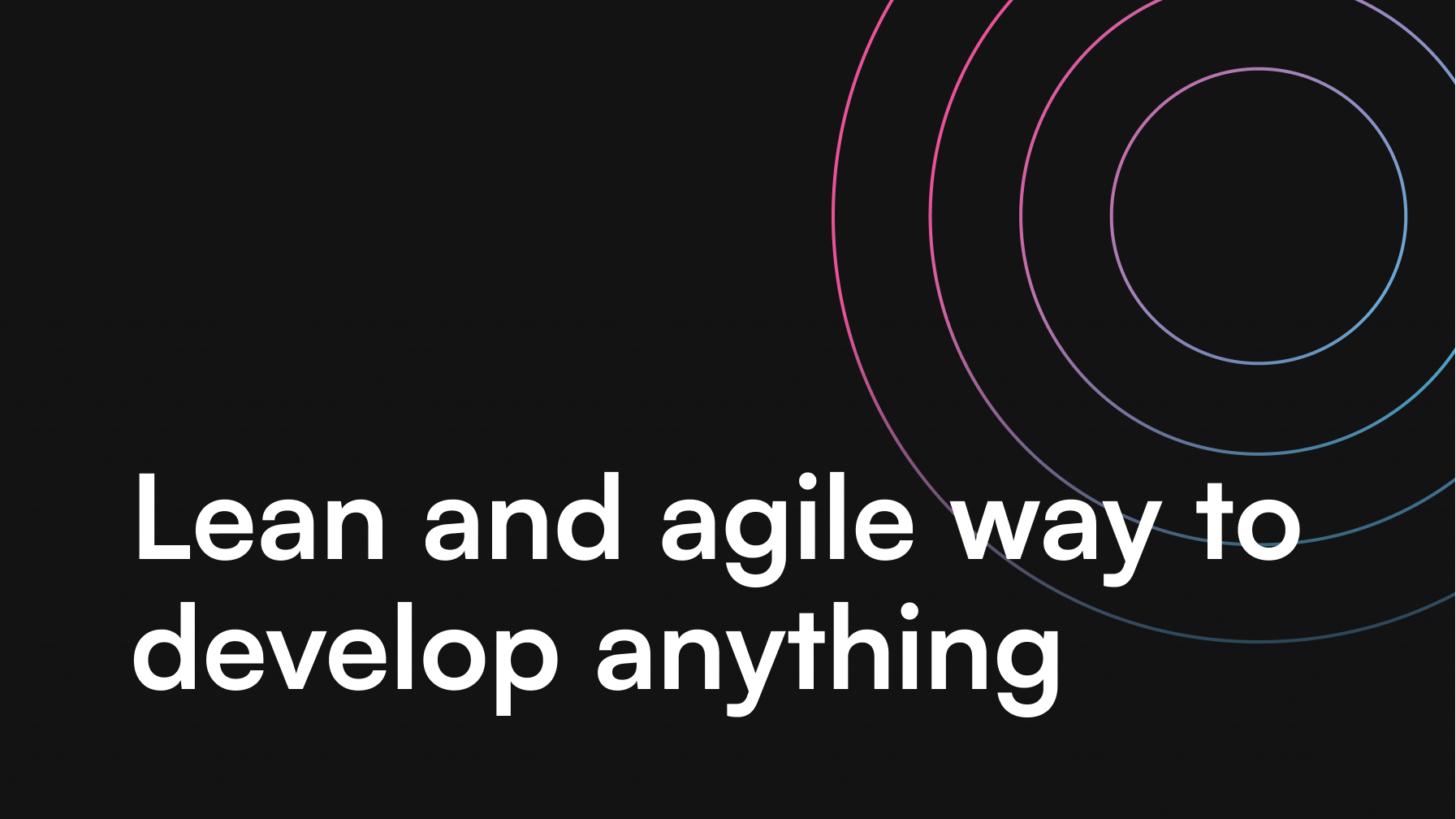
In the world of mobile apps, the Minimum Viable Product is the one and only way to go. Its advantages far outrank the negatives; better, there virtually aren’t any negatives. So say not just me, but developers, app owners and users.
Table of contents
- MVP – what it is exactly?
– Let’s start with an idea
– Minimum Viable Product
– Pick a technology
– MVP results
– Collect feedback about your app
– Scaling – which way do you want to go? - Why should you invest in MVP?
- How can you build an MVP? A detailed plan
– Find a problem to solve
– Think of your target users
– Draw user paths
– Pick a form of your MVP
– Decide the minimum features - Stages of MVP app development
- How much MVP development costs
- What happens after building an MVP?
– And what if my product idea is completely wrong? - Agile + MVP = successful mobile app development
- Building an MVP – a summary
When you finish reading this, your doubts will be but a confused and unimportant memory
MVP – what it is exactly?
The MVP definition found online will tell you plenty, but it won’t give you the whole picture. Why do developers encourage the MVP approach? What does the product owner get out of it? How do the users benefit from it? It’s all tightly intertwined and the effects of such a work model are far more satisfactory to all sides than traditional ways.
I am going to use coffee not only to write but also as an example of a product we can use for defining MVP.
Let’s start with an idea
So you have an idea for an app. Full of features, options, available on all the platforms, able to service millions of users around the world. Your own “Full Cream Double Shot Extra Foamy cappuccino with heart-shaped chocolate and nutmeg sprinkles on top” – complicated, attractive, tasty and a future bestseller. But how do you know if this is what people really want or need? MVP to the rescue!

Minimum Viable Product
The very first version of your app should be more like a basic latte -something people know, like and are willing to test from a new vendor. Make sure your app’s MVP version has its main features included. This will give you a valuable software product you can already release and get users to familiarize themselves with. An app like this will be relatively cheap and quick to create by your developer and cost only a fraction of the overall budget.
Pick a technology
The shape of the MVP and final product depends on the development technology we use. If you don’t know yet which one you prefer – Cross-Platform or Native, we recommend downloading our free ebook. It’s a guide on these methods and included frameworks. We provide examples and case studies to show you how each of them can be beneficial for your business. Discuss your choice with a software house you will collaborate with to get the details like timelines, costs and team size.
MVP results
With the app live, you can continue the development based on facts instead of assumptions. Meaning, the app will get tested by real users, who will give you their thoughts on what can be added, what’s wrong with it and indicate where to go next. As a bonus, it will be in the market early and by the time it’s fully developed will gather a fair amount of users and a good position in search ranking. Learn as much as you can; launch only valuable features. Startups often waste money on building things they don’t need. This is how they lose potential. Focus on facts, tell a story and release the MVP product at the initial stage.
Collect feedback about your app
With feedback from users, you will know how your “regular latte” is doing and get extra information on how it can be improved. If no one is asking for extra foam, maybe there’s no point investing in developing it (yet). You will be able to address bugs and deficiencies much more accurately than by using in-house testers. This will also naturally reduce the need for testing processes and the overall price of the project. It’s also an excellent way to build a user-friendly app.
Scaling – which way do you want to go?
MVP approach gives a great insight into the future scalability needs of your product. You can keep adding foam, sprinkles and strength to your latte, but what if your latte becomes so popular that people want it in more places than just one coffee shop. You will need to scale up this way first.
A mobile app will have restrictions as to how many users it can service comfortably, without clogging up a server. It also has geographical restrictions – language or countries it’s available in. With data on the app’s usage, you can now prioritize what to do next. Build an MVP and then open more coffee shops or concentrate on turning the latte into a fancy cappuccino (with sprinkles, of course).
Why should you invest in MVP?
There are several benefits for the product owner and the mobile app development agency. The Minimum Viable Product becomes facilitation that allows both parties to find out what users want, what are the market needs and what features are crucial to the product’s success. It’s the perfect way to test assumptions and get a clear vision of the path the project should follow.
There’s also a point that will definitely be essential for startup owners. It is easier to get an investor with MVP because you have a live presentation of your mobile app and you can showcase it to potential stakeholders. It will prove that you are serious about releasing it and that you took steps to make it happen. Having a premade software product with core features and an initial group of users strengthens our business’s position on the market.
Building an MVP gives you a chance to find out how UX and UI components contribute to the usability and intuitiveness of your mobile app. It’s a universal way of testing each element of the software, but with design, it’s incredibly important as it is the layer that users will interact with. Take your time to collect feedback about colors, fonts, sizes and other visual features. Then, adjust them accordingly.
MVP is also a great strategy to test monetization ideas. Your mobile app needs to make money so you can smoothly run your operations and invest in product development. There are several options to choose from, but not each one can be suitable for your users’ expectations and the market you are entering. So it is better to test them with MVP and determine which one will provide the best revenue.
Last but not least, with MVP, you can get a better time-to-market and still have plenty of space for changes to give your product a chance to evolve and become its best version. Try to listen carefully to users’ feedback, even if some opinions and critiques are rare. They might be the key to success.
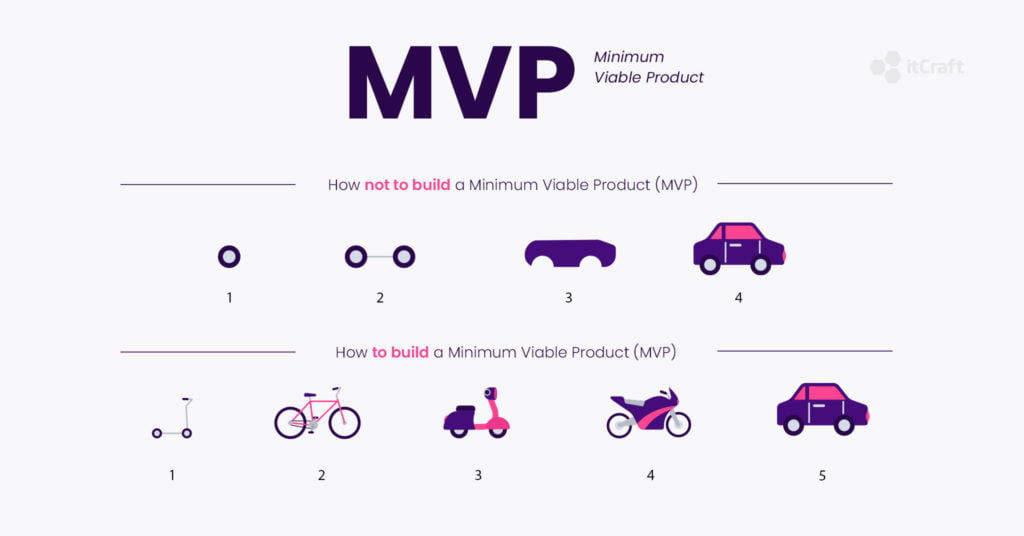
How can you build an MVP? A detailed plan
The MVP development process consists of stages that need to be completed to release a Minimum Viable Product that will be worth trying. Start with general ideas and progress with more detailed thoughts to determine each element of your plan and then act on it. The MVP you will share with your users will provide spectacular results if you do it right.
Here are the MVP app development stages you should remember about. It would also be best if you determined the goals you want to achieve and the evaluation criteria for measuring the results for each of them.
Find a problem to solve
No one should develop a mobile app just to let it be. Your users expect you to solve a problem for them. You need to think about their pains and give them a product that will be the answer. Before you build an MVP, try to research the market and ask your potential users what they miss in apps. Then, analyze their feedback to decide what kind of features can be essential for the MVP product you will be creating. Remember, they have to focus on the core problem you picked!
Think of your target users
There is no mobile app that is dedicated to everyone. Every business should find its niche with unique users that will identify with the brand because they will feel it speaks to them. Imagine your perfect customer – what is their name, age, location? Where do they work, what are they interested in? How do they spend their free time? These questions will help you draw an image of a person representing all the users of your mobile app.
Draw user paths
When you know what your users want, you can plan user paths or, in other words, user journeys. They are virtual trails your users will follow from the very first moment they open your mobile app to the finish line – where their problem will be solved. To build correctly working features, you have to know every single step of the journey. This way, you design a positive and practical user experience.
Pick a form of your MVP
MVP is a product that can come in many shapes and forms – just as regular software. Before you hit the market with any version of your software, think about the technology that will be used to build it. For example, instead of creating a proper mobile app, you can start with PWA (progressive web app) and collect feedback from early adopters before spending more resources on the actual product.
Decide the minimum features
Minimum Viable Product – as the name states – means you need only a minimal number of features that carry the app’s core value. In the beginning, you will probably think that all the features are crucial to build an MVP app that will satisfy your users, but that’s not true. Usually, one or two features are more than enough to collect feedback and measure the reception of your product. Keep it as simple as possible – you will go crazy later when the proper development process starts.
Stages of MVP app development
Now let’s take a look at technicalities and see what exactly has to be done to build an initial software product. The process is similar to app development, so we begin with UX/UI design to make the MVP app’s visual side and mark out all the interactions with the features.
Secondly, we move to back-end development where all databases are configured. This layer is responsible for processing data and is invisible to the end-user, but it is crucial to make all the components cooperate properly. On the other hand, front-end development is responsible for the outer part of the app that will be directly used by your customer. This stage happens just after the back-end is done. Depending on the technology you picked and the type of MVP you want (mobile or web app, native or cross-platform), these phases can take more or less time – because they might require a bigger team.
Automated and manual testing happen throughout the MVP development to make sure everything works just fine. Towards the end, the intensity of tests grows. All the features need to work fine, so your MVP product fulfills its purpose.
How much MVP development costs
There is no doubt that building an MVP is cheaper than full mobile app development. That’s why we invest in this product – to save money by learning everything we need to know about the market and our users. We can polish our idea to create a perfect app later.
There is no ideal way to give you the exact cost estimation for a Minimum Viable Product. MVP is always something else, depending on the product owner’s vision and all the factors we’ve mentioned above. The market and the users can determine how many features your MVP will have, which technology will be used to build it and how much time it will take.
First and foremost, read our blog post where we analyze all the factors that can influence the price of product development: How Much Does it Cost to Make An App in 2021?
This article will help you understand what exactly is considered when estimating the price of mobile apps. We take popular solutions and see what kind of features they need to ensure usability and functionality. You will learn from this article that every concept needs different measures to be finished with success.
It will take some time to build an MVP, so you need to treat this stage as an integral part of the project. In the end, it will help you to manage your product budget more efficiently.
What happens after building an MVP?
So your MVP was released, but you shouldn’t just sit and wait. Of course, you must monitor the market and collect feedback – that’s the primary purpose of this product. Based on the opinions from the early adopters, you will find out if your project assumptions were correct. You can also find new, unexpected ideas, so read the words of your potential customers carefully.
Then you should immediately act and start developing your product further. If your business concept was proven to be right by MVP, great! You can follow the plan as it is. If not – provide changes and tweaks necessary to make it better. Don’t waste your time analyzing all the problems for days. Just kick out the things that failed the MVP test and add things that were underlined by your customers as necessary. A Minimum Viable Product is a prototype that is supposed to show you which way to go next.
And what if my product idea is completely wrong?
With MVP, there are three possible scenarios:
- Your idea proves itself right and you can continue working on the product.
- Your idea is not perfect – it has its good points and flaws that require some amendments.
- Your idea receives only negative feedback – it seems that your target audience doesn’t appreciate the product concept you proposed.
What to do? Definitely don’t give up! You might think that it is over and there’s nothing you can do. But that’s not true. If you are collaborating with a software house, you should ask them for advice. Their business expertise and years of experience in software development are going to be priceless when trying to determine what’s next. Analyze the market once again, find out how competition thrives and brainstorm more ideas. It might be frustrating and will cost you some time and money, but if you are serious about running a business or creating a startup – you will learn your lessons from this experience and each time you pursue a new concept, you will get better at it.
If you need a product consultant to help you find another business opportunity – we have some seasoned specialists on board. Sometimes you need several MVPs before you find the right path to success.
Agile + MVP = successful mobile app development
We, app developers, are all about agile these days. And not just us. You – meaning the product owner – should be as well. I can’t really think of a business that would thrive or even survive these days without the flexibility of approach. Like with the coffee. If the barista can’t adjust to customers’ needs, then they can’t accept the barista’s solutions. And no one will be satisfied.
Here, the MVP with the possibility of adjustments, modifications and growth falls nicely in line with agile app development. When working with an app development company, you will find working in stages (aka sprints) to be the most comfortable way for both sides. It will give the developer the ability to adjust to your changing requirements as the work progresses and you get the option of continuous control over the project. The combination of MVP and agile approach to app development can be a real lifesaver in challenging situations.
Agile provides all the tools and methods for sustainable product development. The communication within an Agile project is splendid – especially when the Scrum framework is applied. The product owner becomes an integral part of the team, so collaboration is always under control and every issue can be quickly solved.
At itCraft, we work with all of our clients using the Agile approach. Every brand that decides to collaborate with us gets a dedicated project manager and a team of developers that will work only on their product. Every meeting is productive and has its purpose – we either plan the next steps, report current progress or reflect on previous stages to conclude what can be done better.
Building an MVP – a summary
If it turns out you need a significant adjustment to your product development that was not included in the project, your developer will be able to propose more than just “Want more? Pay more” option. Listening to your early adopters may help you make the decision to change the business model based on user experience with your current MVP product. For example, you could postpone the development of less important features and spend the money on what’s urgently needed. In general, MVP app development cost is lower because you don’t waste money on things that are useless. Suppose your cappuccino has a major flaw, like the lousy quality of coffee beans. In that case, you will want to fix it before adding any extra bits and complicating the situation even more.
As you can see, an MVP approach to software development has its undeniable advantages. For all projects with an outlook to evolve the product according to the needs and wishes of users, as well as the owner’s requirements – MVP is the way to go with realizing ideas. From a developer’s point of view – we love it. Any respectable software house aims to develop the product, not just make and forget.
There is an excellent book by Eric Ries “Lean Startup”, which is worth reading – we recommend it if you want to learn more about MVP development and other rules that can be applied to software projects. It’s an insightful guide that became a manual for IT companies that wanted to optimize their operations. You will find a lot of useful information inside.
And if you are looking for an app development company that has the experience and can build an MVP for your product – don’t hesitate to call or email us! We’re available and ready to help you conquer the market of your choice.

